Mexican Pricklepoppy (Argemone mexicana), also known by names like Mexican Thistle, Prickly Poppy, Yellow Prickly Poppy, and Thornapple, is a vibrant annual plant belonging to the Papaveraceae family. Native to regions from Central Mexico to Honduras, this plant is recognized for its striking yellow flowers and spiny foliage.
Though it thrives in its native habitat, the Mexican Pricklepoppy has gained popularity in countries like India, where it holds cultural significance and is often used in traditional rituals such as Holika Dahan during Holi. Beyond its ornamental appeal, it is valued for its medicinal properties, making it a versatile addition to gardens.
If you’re considering growing Argemone mexicana in your home garden, this article will provide essential tips for its care and maintenance to ensure healthy growth.
| Common name | Mexican Pricklepoppy, Mexican Prickly Poppy, Mexican Thistle, Prickly Poppy, Thornapple, Yellow Prickly Poppy, Yellow Thistle |
| Botanical name | Argemone mexicana |
| Family | Papaveraceae |
| Species | mexicana |
| Origin | Central Mexico to Honduras |
| Life cycle | Annual |
| Plant type | Houseplant |
| Hardiness zone | 7, 8, 9, 10 |
| Sunlight | Full Sun |
| Maintenance | High |
| Soil condition | Sand |
| Soil ph | Acid |
| Drainage | Well-Drained |
| Growth rate | Medium |
| Spacing | 12 in. – 3 ft. |
| Harvest time | Fall |
| Flowering period | Spring |
| Flower color | Cream, Tan |
| Leaf color | Blue |
| Fruit color | Green |
| Fruit type | Capsule |
| Flower benefit | Long Bloom Season |
| Toxicity | Poisonous |
I. Appearance and Characteristics
Argemone mexicana, also known by the common names Mexican poppy, Mexican prickly poppy, flowering thistle, cardo, and cardosanto, is a species of poppy found in Mexico and now widely naturalized in many parts of the world. An extremely hardy pioneer plant, it is tolerant of drought and poor soil, often being the only cover on new road cuttings or verges. It has bright yellow latex.
It is poisonous to grazing animals, and it is rarely eaten, but it has been used medicinally by many peoples, including those in its native area, as well as the indigenous peoples of the western United States, parts of Mexico, and many parts of India. In India, during the colorful festival Holika Dahan, adults and children worship by offering flowers, and this species is in its maximum flowering phase during March when the Holi festival is celebrated. It is also referred to as “kateli ka phool” in India.
The seeds resemble the seeds of Brassica nigra (mustard). As a result, mustard can be adulterated by argemone seeds, rendering it poisonous. Several significant instances of katkar poisoning have been reported in India, Fiji, South Africa and other countries. The last major outbreak in India occurred in 1998. 1% adulteration of mustard oil by argemone oil has been shown to cause clinical disease. In India, Argemone oil is mixed with sunflower oil and sesame oil to increase the quantity, but this adulteration causes health disorders and renowned brands display “no argemone oil” to qualify purity.
Katkar oil poisoning causes epidemic dropsy, with symptoms including extreme swelling, particularly of the legs. All parts of plants are poisonous. Ingestion of them can cause perianal itching, pneumonia myocarditis and congestive cardiac failure, ascites, sarcoid-like skin changes, alopecia, hepatomegaly
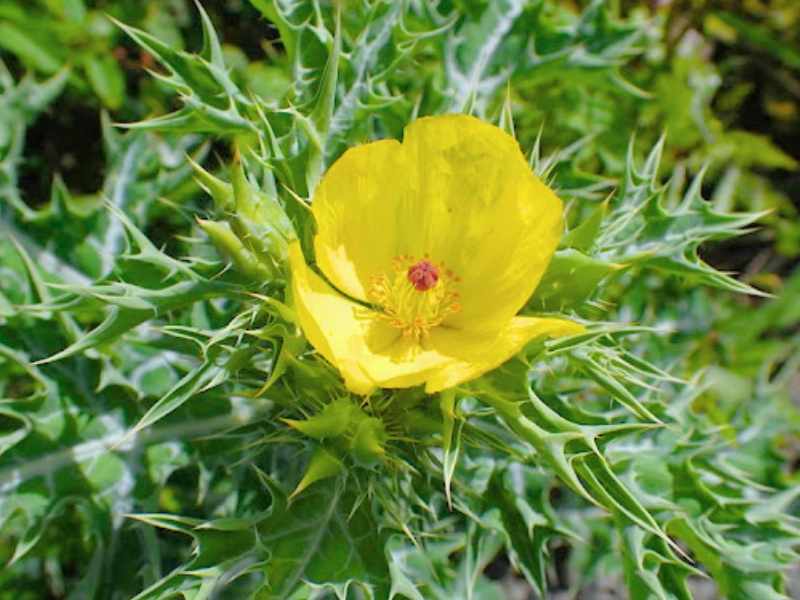
II. How to Grow and Care
Sunlight
Mexican prickly poppy thrives best under full sun conditions, where it receives unfiltered and ample sunlight for a considerable duration daily. Optimal growth is observed when Mexican prickly poppy is exposed to high intensity and long periods of light, which enhance photosynthesis and flower production. Although Mexican prickly poppy is adaptable to different light intensities, insufficient light may lead to reduced vigor and sparse blooming. Adaptive traits such as solar tracking or leaf angle adjustments ensure maximized light absorption.
Outdoor cultivation is recommended, with planting in open spaces that allow for direct sun exposure throughout the day, which is key to maintaining its robust health and floriferous nature.
Watering
Originating from the arid regions, Mexican prickly poppy has adapted to thrive with minimal moisture, exhibiting a high drought tolerance. Its natural habitat dictates a preference for drier conditions, and as such, it requires watering every week to maintain its health in cultivation. For mexican prickly poppy, an indoor environment can often provide the stable conditions it prefers, with attention paid to ensuring the soil drains well to mimic its native terrain. In light of its resilience, Mexican prickly poppy is particularly suited for xeriscaping, leveraging its ability to flourish where water conservation is paramount.
Soil
The soil must be very dry and have good drainage. Argemone Mexicana grows in poor, limy or sandy soils.
Fertilizing
For mexican prickly poppy, a balanced nutrition fertilizer is ideal during the growing season for vigorous growth and bloom enhancement. High nitrogen fertilizers can be applied sparingly if foliage growth is poor. Fertilize once per month at a rate according to package instructions. Reduce frequency in winter. Excess can harm Mexican prickly poppy, so precautions like diluting and avoiding direct contact with foliage are important. Tips include incorporating fertilizer into topsoil and watering post-application to aid absorption. Novice and expert gardeners should ensure even distribution for robust Mexican prickly poppy health.
Planting Instructions
Mexican Prickly Poppy can be grown easily in home gardens. Sow its seeds at least 3mm below the soil surface in Spring. It takes around two weeks for the plant to germinate. When growing outside, place them exposed to maximum sunlight. Plant them at 75 to 90 cm distance for larger species and about 25 cm for smaller varieties.
Transplanting
The best season for transplanting Mexican prickly poppy is between spring and summer (S2-S3), as the warm weather allows for enhanced root growth. Mexican prickly poppy thrives in full sun, so choose a sunny spot. The plant is delicate, hence handles roots gently during transplanting. Ensure soil has good drainage as Mexican prickly poppy does not tolerate waterlogging.
III. Uses and Benefits
- Traditional medicine
The Seri of Sonora, Mexico uses the entire plant both fresh and dried. An infusion is made to relieve kidney pain post-natally. When the Spanish arrived in Sonora, they called it cardosanto, taken as a laxative. Argemone mexicana tea is used in Mali to treat malaria. In the traditional medicine of India, the yellow sap of A. mexicana and the whole plant may be used as a supposed treatment for jaundice.
- Other uses
Biodiesel production from A. mexicana seed oil using crystalline manganese carbonate has been demonstrated.
Find Where to Buy the Best Mexican Prickly Poppy (Argemone mexicana)
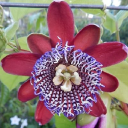
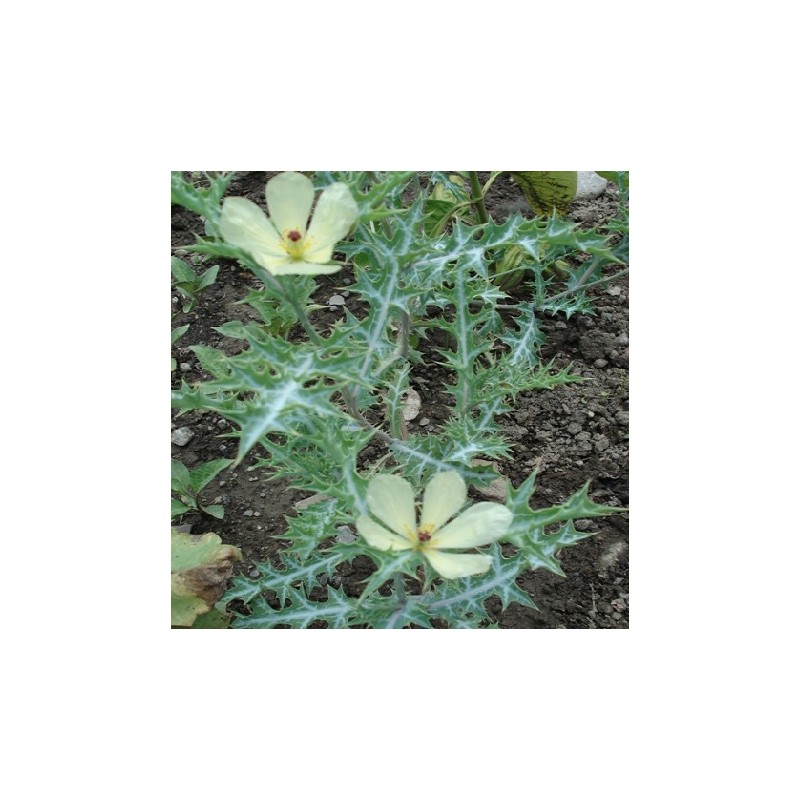



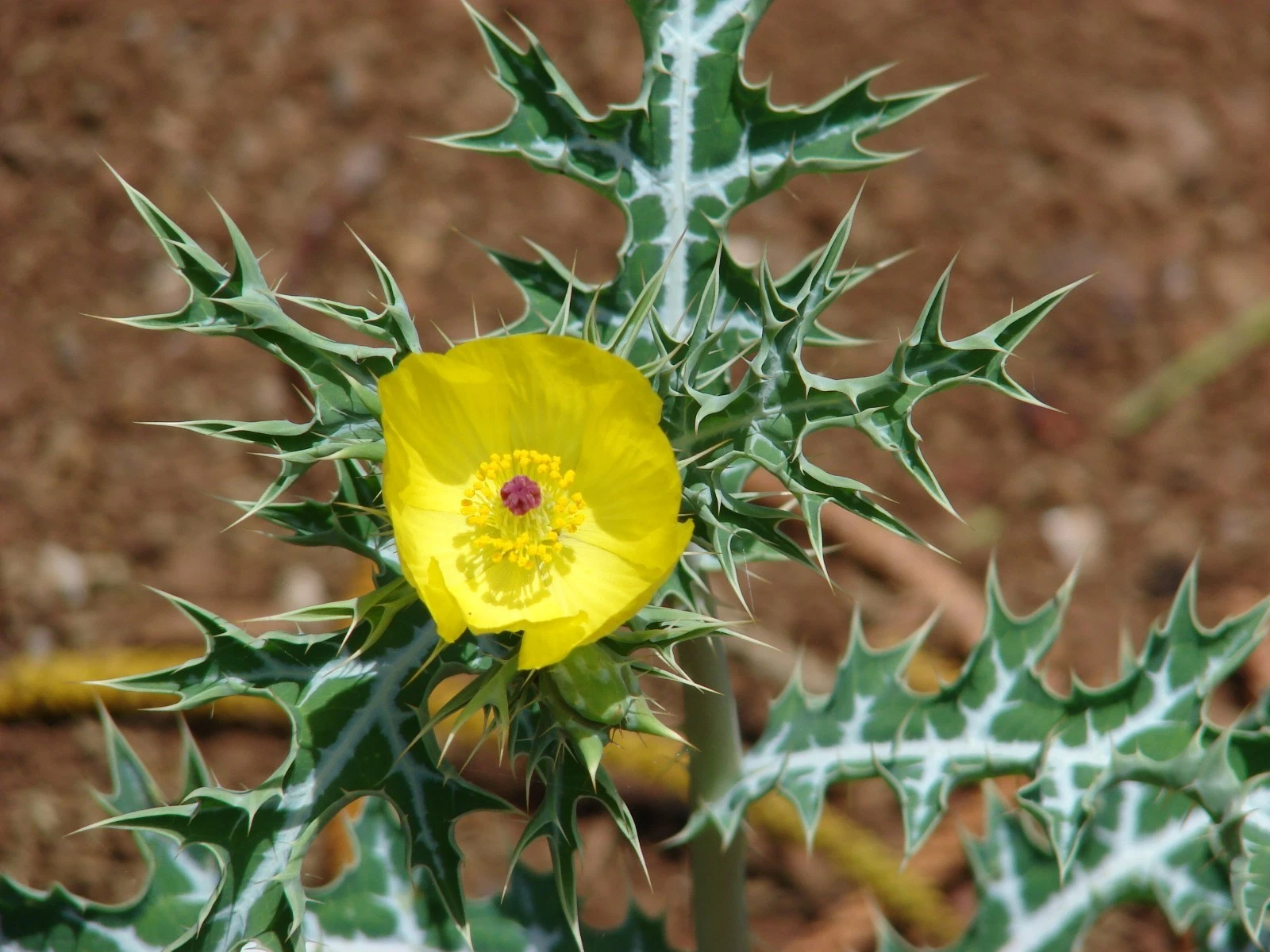

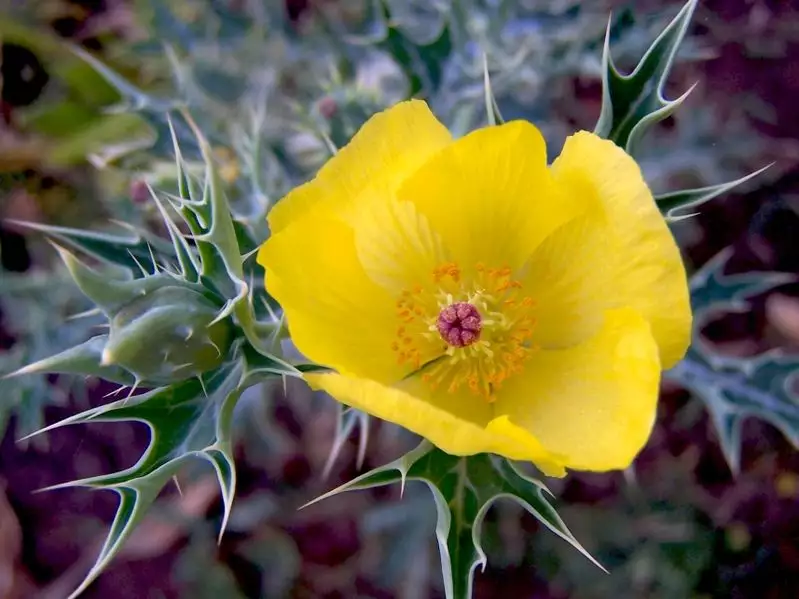
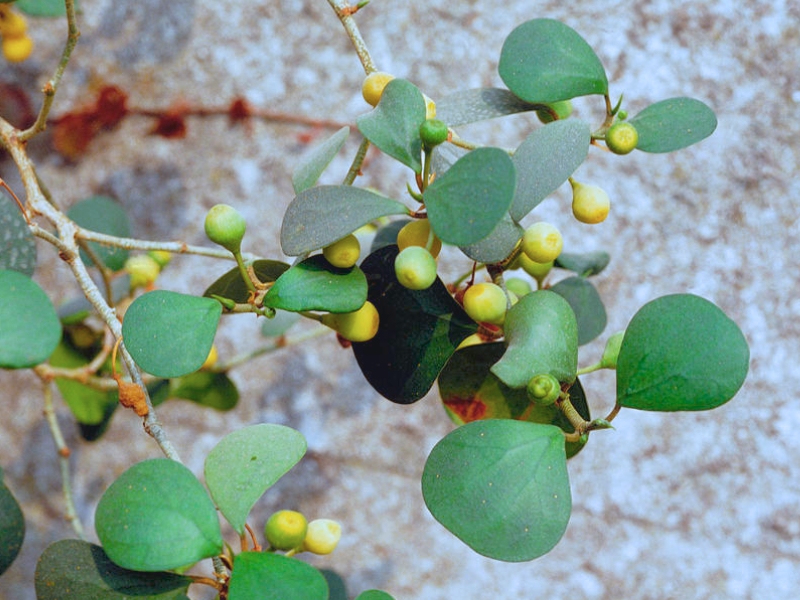
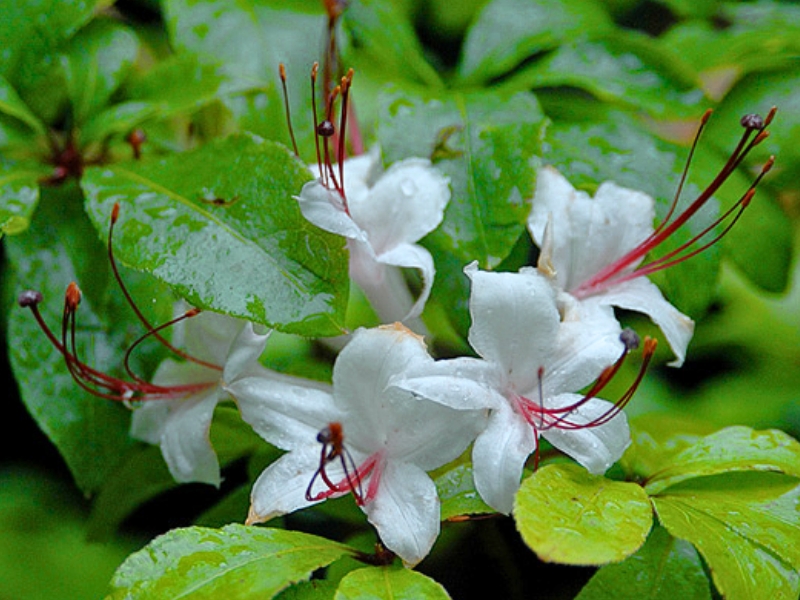
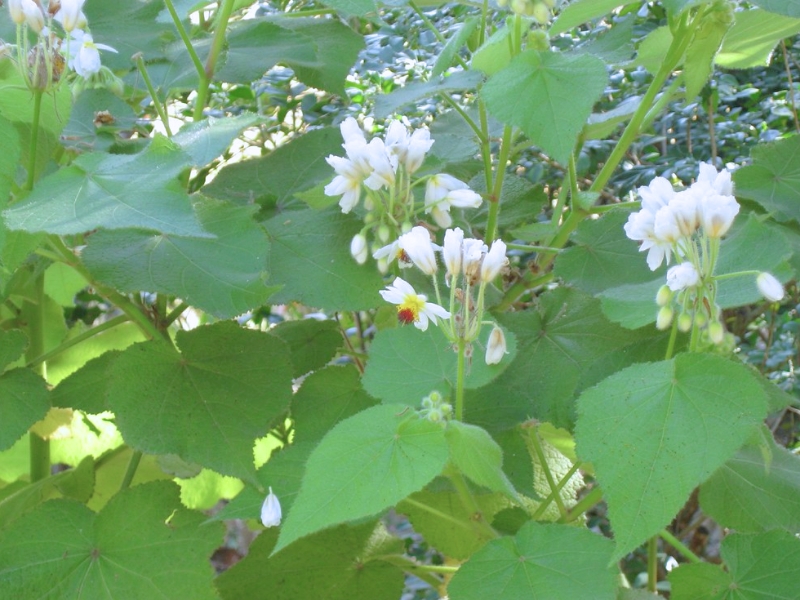
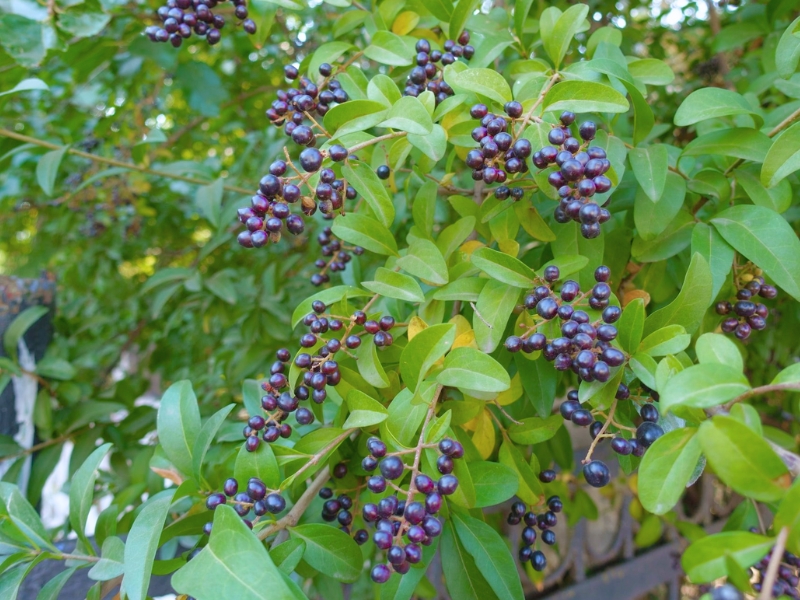
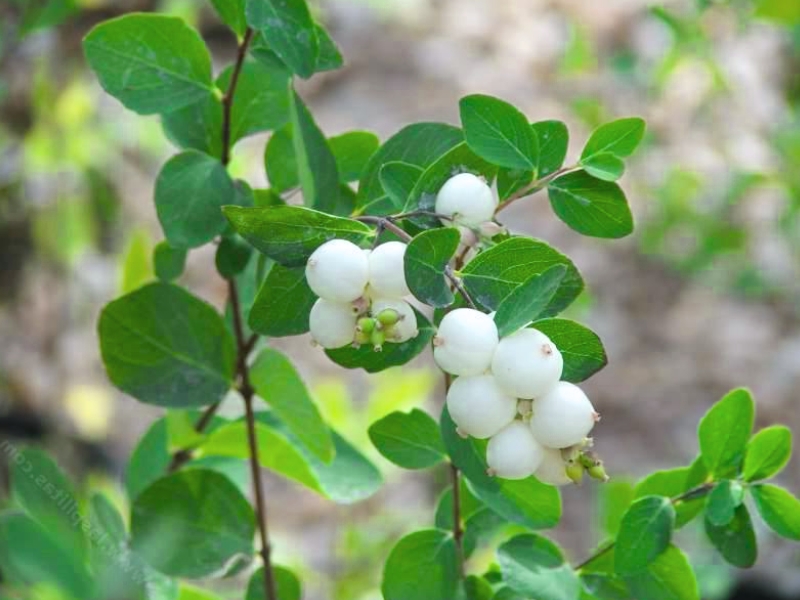
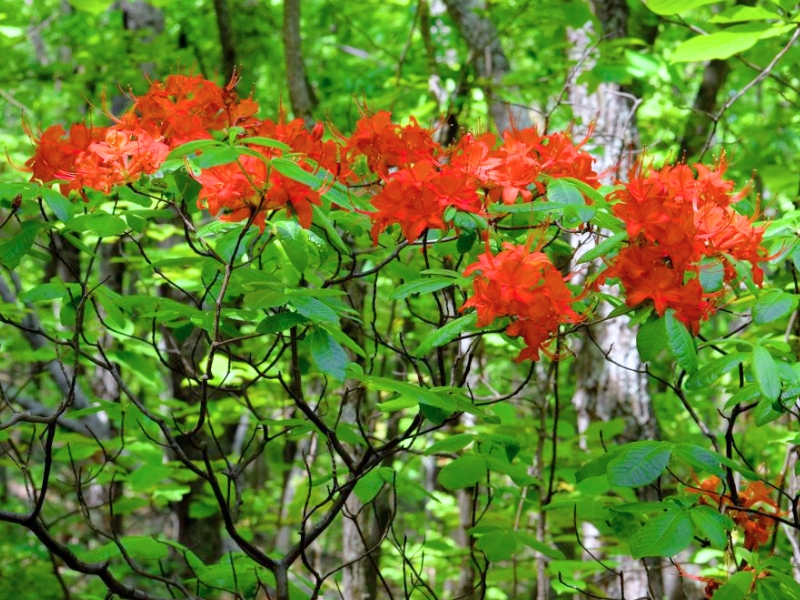
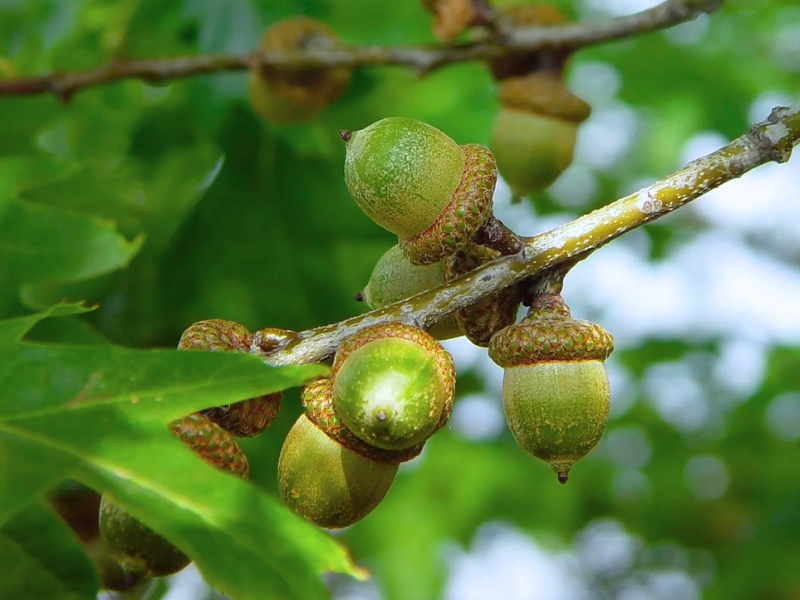
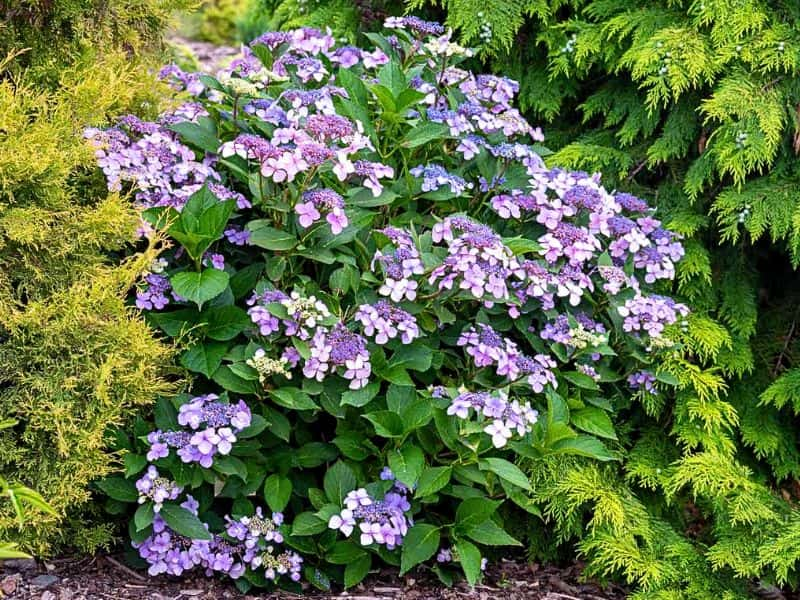
Leave a Reply